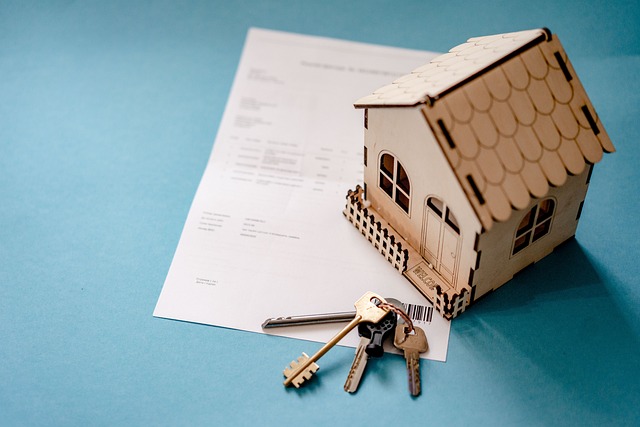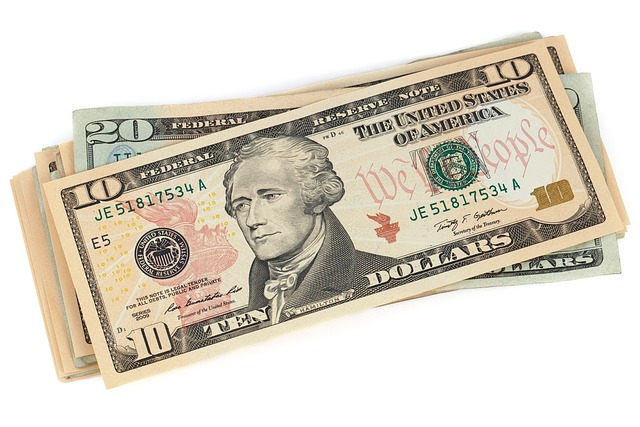In today's dynamic real estate market, variable-rate loans linked to the prime rate provide a flexible financing option. These loans offer initial cost savings and lower monthly payments during economic downturns due to their adjustable interest rates based on benchmark rate fluctuations. However, they are best for borrowers planning short-term ownership (2-3 years) as they are sensitive to market shifts. Real estate investors can leverage these rates for strategic gains, but face risks of reduced cash flow or higher loan payments during unfavorable economic conditions. Staying informed about prime rate policies is key for successful real estate financial decision-making.
In the dynamic landscape of real estate, understanding variable rate loans is paramount for savvy investors. This article explores how these innovative financing options, tied to the prime rate, operate and significantly impact property acquisition and management. We delve into the intricate relationship between the prime rate and loan interest rates, highlighting both the advantages and risks associated with variable rates in real estate investing. Get ready to navigate this crucial aspect of modern finance.
Understanding Variable Rate Loans in Real Estate: How They Work

In the dynamic landscape of real estate, understanding financing options is paramount for buyers and investors alike. One such option gaining traction is the variable-rate loan, particularly when tied to the prime rate. This type of mortgage offers an adaptable interest rate, adjusting periodically based on fluctuations in the underlying benchmark rate, usually the prime rate. Initially, borrowers benefit from potentially lower initial rates compared to fixed-rate loans, providing temporary cost savings.
The allure lies in the potential for reduced monthly payments over the loan’s term, especially during periods of economic downturns when interest rates tend to decline. However, there’s a flip side: if market conditions shift, so does the loan’s interest rate, potentially increasing future payments. This makes variable-rate loans more suitable for those planning to sell or refinance within a few years, as it offers flexibility in changing market dynamics. In real estate transactions, this financing option allows borrowers to navigate fluctuating rates while leveraging current economic climates to their advantage.
The Connection Between Prime Rate and Loan Interest Rates

In the context of real estate, understanding the connection between the prime rate and loan interest rates is paramount for both lenders and borrowers. The prime rate, set by leading banks, serves as a benchmark for various loans, including mortgages. When the prime rate fluctuates, so do the interest rates on these loans, making it a key indicator to watch for anyone in the real estate market.
For instance, a rise in the prime rate typically translates to higher loan interest rates, which can impact the affordability of purchasing or refinancing property. Conversely, lower prime rates often lead to more favorable borrowing conditions, encouraging investment and homeownership. This dynamic relationship underscores the importance of staying informed about these monetary policies for strategic financial decision-making in the real estate sector.
Benefits and Risks of Using a Variable Rate Tied to the Prime Rate in Real Estate Investing

In real estate investing, a variable rate tied to the prime rate offers both advantages and potential drawbacks. One key benefit is the ability to capitalize on market fluctuations; as the prime rate rises, so does the interest on variable-rate loans, potentially increasing returns for investors. This can be particularly advantageous in cycles where interest rates are low, allowing investors to secure attractive financing terms initially and adjust as market conditions change.
However, there’s a flip side to this strategy. A variable rate also means that when interest rates decline, so does the borrower’s payment, potentially reducing cash flow for real estate investors. This can be challenging during economic downturns or periods of low inflation, where investors may struggle to keep up with changing market dynamics. Moreover, there’s always the risk of unexpected spikes in the prime rate, which could lead to higher loan payments and potential financial strain on borrowers.






